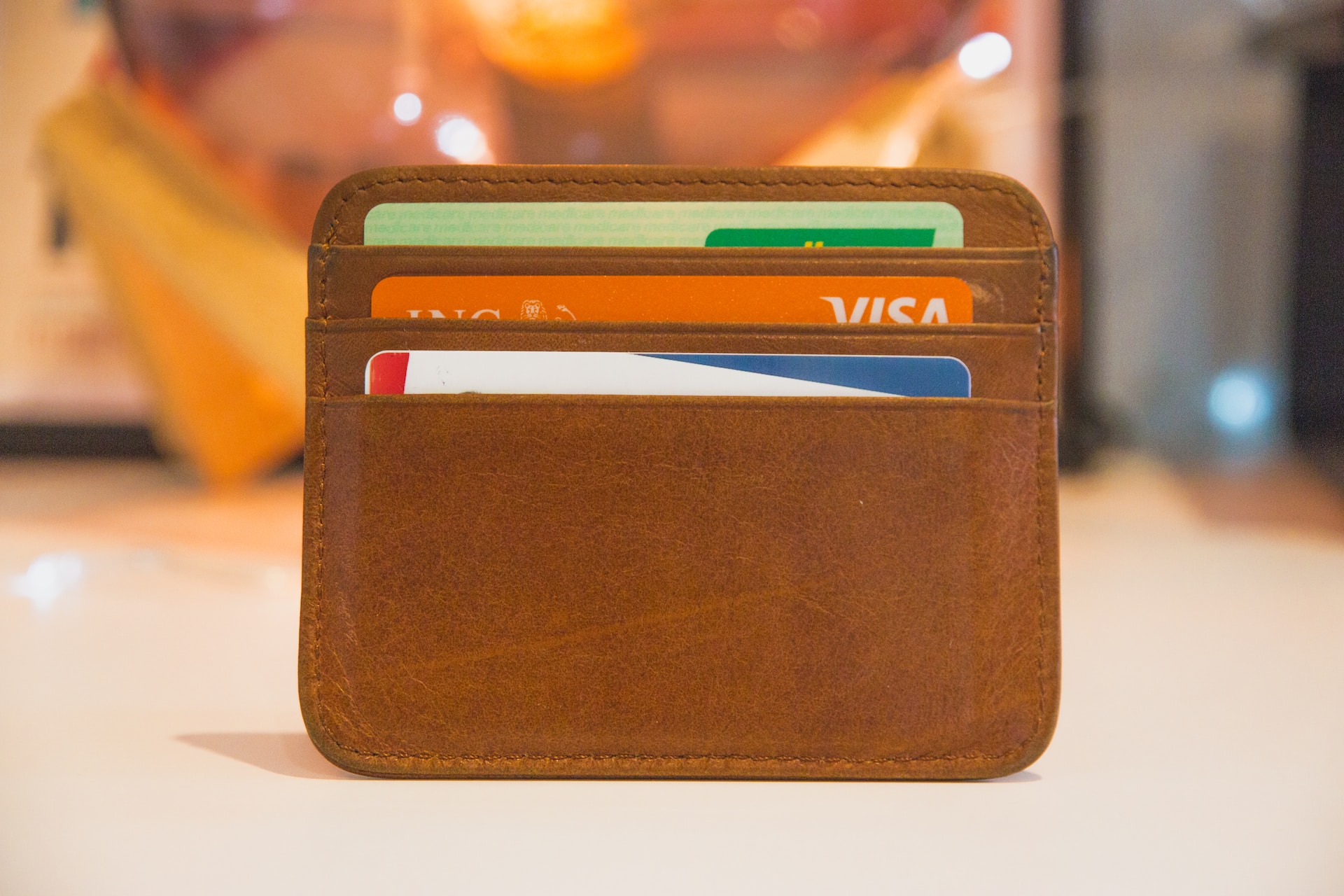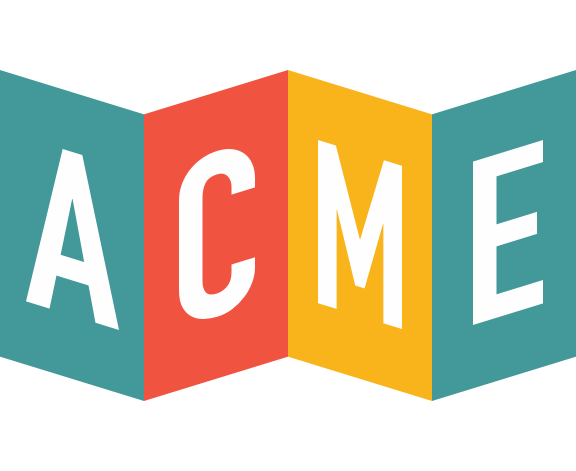
Transaction Response Codes From Visa and Mastercard: What Do They Mean?
One of the most important steps for making a safe and secure credit card transaction is receiving a confirmation from the card issuer. When transactions aren’t authorized, a merchant is open to fraud, chargebacks, and other merchant-side errors.
The problem with validating a transaction is that there are dozens of confirmation codes that merchants may receive back. Most merchants and consumers don’t know what each code means. You may be used to seeing the basic “Approved” or “Incorrect Pin,” but with over 100 different codes, we think it’s worthwhile to review some of the most important code responses to protect you from human error, inefficiencies, and instances of fraud.
What are credit card response codes?
A transaction response code is the message you receive during a credit card transaction. When you attempt a transaction, your payment processor will notify the card issuer to authorize the payment. The issuer then instantly assesses the information and responds with a short message that will provide the merchant with key information about the status of the transaction.
The response code can tell you if a transaction is approved or declined, but it also provides other important information, such as:
- If a card was stolen or lost.
- If the account has insufficient funds.
- Informing the merchant to check a customer’s ID before approving the transaction.
- Indicating that there might be a case of fraud with the credit card.
- And so on.
Response codes merchants should know
Below are some key response codes that all merchants who accept credit card payments should know. While many of these are Visa credit card response codes, responses also apply to Mastercard, Discover, and other issuers.
- Approved and completed successfully (00)
- Most merchants know this response code to mean that the transaction was successful and issued.
- Refer to card issuer (01)
- This code informs the merchant to reach out to the card issuer for further information.
- Invalid merchant (03)
- This is important to know because it lets merchants know that either they input an invalid number or that the payment terminal isn’t properly connected to the merchant ID.
- Do not honor (05)
- This is a hard decline on the transaction, and merchants should ask customers to try a different payment method.
- Invalid transaction (12)
- The card issuer does not allow the type of payment on a specific account. Be sure that your system is configured properly if you see this response.
- Invalid Amount (13)
- Invalid amount is usually an indication that there are incorrect symbols or other typos in the payment processor. If there are no errors on the merchant end, then the customer may be using a type of card or issuer not supported by your system and you should ask them to use another payment method.
- Re-enter transaction (19)
- These codes are given in response to Visa cards specifically and mean transactions can’t be processed for a short period of time.
- Lost card, pick up (fraud account) (41)
- If you see this response, it means the credit card owner has reported this card as lost. You should not retry the transaction or provide any services or goods to the customer.
- Incorrect pin (55)
- This is a fairly common response, and you should ask the customer to either try their pin again or use another payment method.
- Suspected fraud (59)
- An issuer will send this response when they have reason to believe the transaction was fraudulent. Ask the customer for another payment method and monitor their transactions closely.
- Invalid Date (80)
- The card has expired or the customer has given the wrong date. The customer/card holder should try another payment or check to see if they can provide you with the correct date.
- Incorrect CVV (82)
- This applies to Visa cards and indicates the cardholder verification failed and they should either try again or complete their transaction with a different payment method.
Full List of response codes for Visa and Mastercard
If you’re curious about the complete list of response codes for Visa and Mastercard, look no further. You can find the meaning of their response codes by looking them up directly on the Visa and Mastercard developer center pages.
Visa
- 00 Approved and completed successfully
- 01 Refer to card issuer
- 02 Refer to card issuer, special condition
- 03 Invalid merchant
- 04 Pick up card (no fraud)
- 05 Do not honor
- 06 Error
- 07 Pick up card, special condition (fraud account)
- 10 Partial approval
- 11 Approved (V.I.P)
- 12 Invalid transaction
- 13 Invalid amount or currency conversion field overflow
- 14 Invalid account number (no such number)
- 15 No such issuer
- 19 Re-enter transaction
- 21 No action taken
- 25 Unable to locate record in file
- 28 File temporarily not available for update or inquiry
- 39 No credit account
- 41 Lost card, pick up (fraud account)
- 42 Stolen card, pick up (fraud account)
- 51 Not sufficient funds
- 52 No checking account
- 53 No savings account
- 54 Expired card or expiration date is missing
- 55 Incorrect PIN or PIN missing
- 57 Transaction not permitted to cardholder
- 58 Transaction not allowed at terminal
- 59 Suspected fraud
- 61 Exceeds approval amount limit
- 62 Restricted card (card invalid in this region or country)
- 63 Security violation (source is not correct issuer)
- 64 Transaction does not fulfill AML requirement
- 65 Exceeds withdrawal frequency limit
- 70 PIN data required
- 74 Different value than that used for PIN encryption errors
- 75 Allowable number of PIN entry tries exceeded
- 76 Unsolicited reversal
- 78 “Blocked, first used”—Transaction from new cardholder, and card not properly unblocked
- 79 Already reversed (by Switch)
- 80 No financial impact
- 81 Cryptographic error found in PIN
- 82 Negative CAM, dCVV, iCVV, or CVV results
- 85 No reason to decline a request for address verification, CVV2 verification, or a credit voucher or merchandise return
- 86 Cannot verify PIN; for example, no PVV
- 89 Ineligible to receive financial position information (GIV)
- 91 Issuer or switch inoperative and STIP not applicable or not available for this transaction; Time-out when no stand-in; POS Check Service: Destination unavailable; Credit Voucher and Merchandise Return Authorizations: V.I.P. sent the transaction to the issuer, but the issuer was unavailable.
- 92 Financial institution or intermediate network facility cannot be found for routing (receiving institution ID is invalid)
- 93 Transaction cannot be completed – violation of law
- 1A Additional customer authentication required
- B1 Surcharge amount not permitted on Visa cards or EBT food stamps (U.S. acquirers only)
- B2 Surcharge amount not supported by debit network issuer
- N0 Force STIP
- N3 Cash service not available
- N4 Cash request exceeds issuer or approved limit
- N5 Ineligible for resubmission
- N7 Decline for CVV2 failure
- N8 Transaction amount exceeds pre authorized approval amount
- P5 Denied PIN unblock—PIN change or unblock request declined by issuer
- P6 Denied PIN change—requested PIN unsafe
- Q1 Card Authentication failed
- R0 Stop Payment Order
- R2 Transaction does not qualify for Visa PIN
- R3 Revocation of all authorizations order
- Z3 Unable to go online; offline-declined
Mastercard (US only)
- 00 Approved or completed successfully
- 01 Refer to card issuer
- 02 Refer to card issuers special conditions
- 04 Pick-up
- 05 Do not honor
- 07 Pick-up card, special conditions
- 12 Invalid transaction
- 13 Invalid amount
- 14 Invalid card number (no such number)
- 15 No such issuer
- 30 Format error
- 31 Bank not supported by switch
- 34 Suspected fraud, pick-up
- 36 Restricted card, pick-up
- 38 Allowable PIN tries exceeded, pick-up
- 39 No credit account
- 40 Requested function not supported
- 41 Lost card, pick-up
- 42 No universal account
- 43 Stolen card, pick-up
- 51 Insufficient funds
- 52 No checking account
- 53 No savings account
- 54 Expired card
- 55 Incorrect PIN
- 56 No card record
- 57 Transaction not permitted to cardholder
- 58 Transaction not permitted to terminal (may also be a chargeback)
- 59 Suspected fraud
- 61 Exceeds withdrawal amount limit
- 62 Restricted card
- 65 Exceeds withdrawal frequency limit
- 67 Hard capture, pick-up
- 75 Allowable number of PIN tries exceeded
- 78 Customer not eligible for POS (Star SM)
- 88 Information not on file
- 89 Card verification value (CVV) verification failed (no pickup)
- 90 Cutoff is in progress
- 91 Issuer or switch is inoperative
- 92 Financial institution or intermediate network unknown for routing
- 96 System malfunction
- S9 Expiration date mismatch
- SA Inactive card
- SE Ineligible account
- T3 Lost card (no pickup)
- T4 Closed account
- T5 Dormant account
ACME’s Advanced Payment Processing Software Can Help You Grow
With ACME’s all-in-one ticketing and payment software, you get a simplified and seamless payment processor with several perks to grow your institution and generate new members.
ACME’s cloud-based technology is the most reliable ticketing technology for cultural institutions and nonprofits, and our myriad of tools will provide you with everything you need to manage your payment processor.
With ACME, you can seamlessly manage members and donors, simplify your ticketing system, and manage transactions anytime, anywhere. Click here to learn more about how ACME can help you today.

